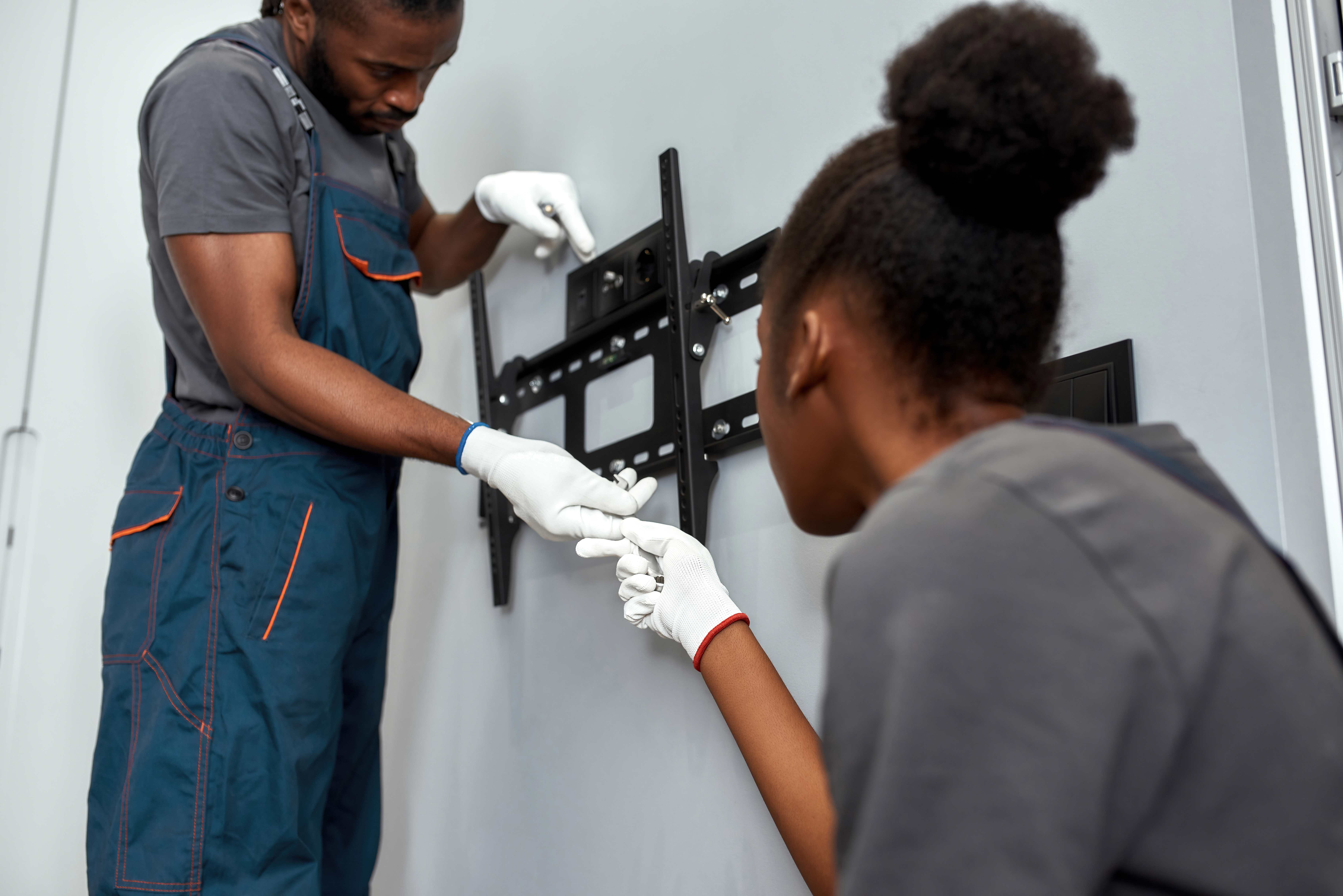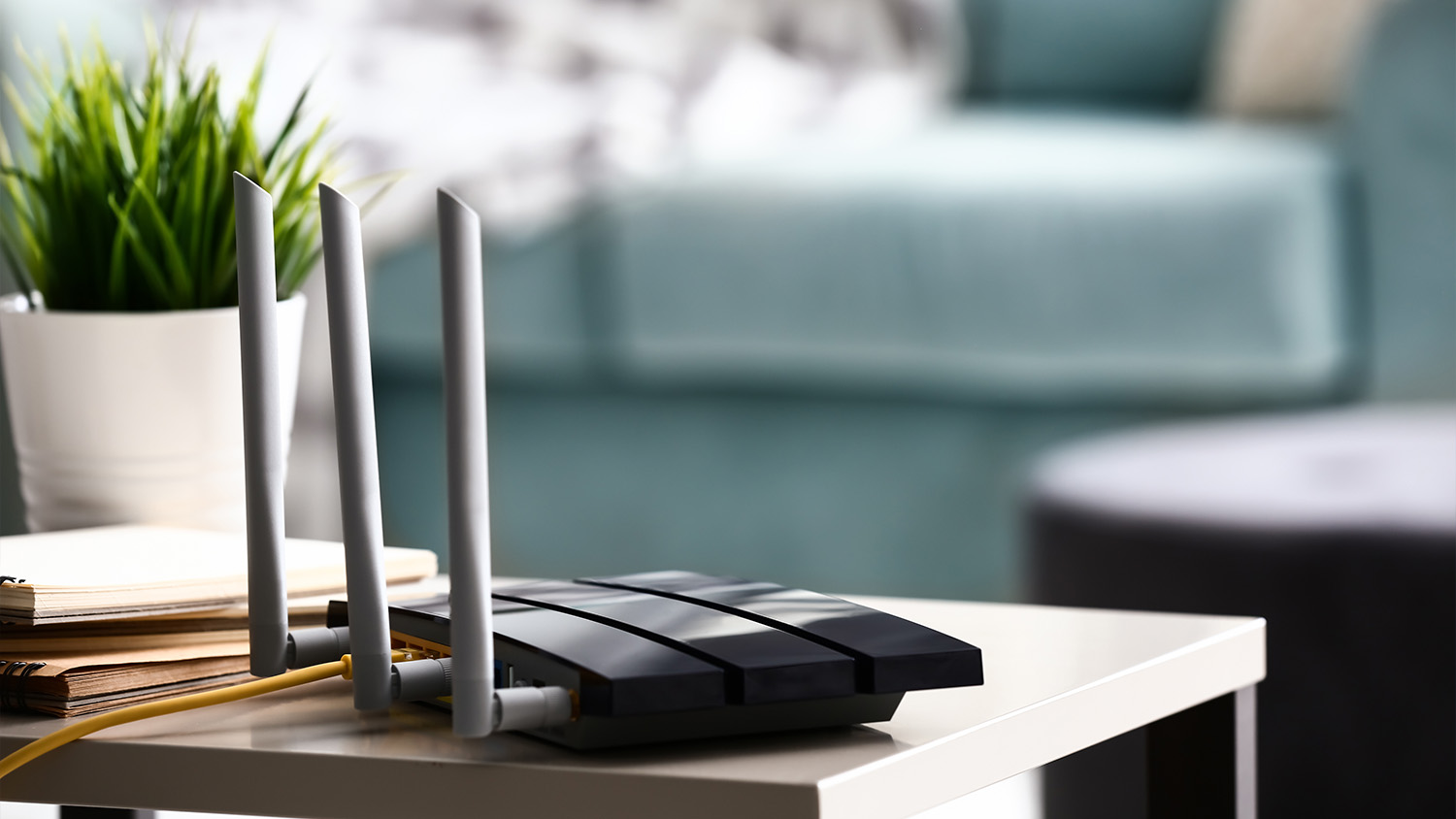
Learn who to hire to mount your TV on the wall—the best choice, what pros do, and costs—so you can compare quotes and book confidently.
The average cost to install a home theater is $20,000
The average cost of a home theater installation ranges from $10,000 to $60,000, with most homeowners paying $20,000.
The total price depends on factors including the projector type, system complexity, and space renovation requirements.
A professional theatre installer can make sure every component is connected safely and correctly, delivering the best possible audio and visual performance.
The cost to hire a professional home theater designer ranges from $500 to $3,000, depending on the project's complexity.
This article was updated using automation technology and thoroughly reviewed for accuracy by HomeAdvisor Editor Ryan Noonan.
Installing a home theater lets you upgrade your entertainment setup. The average cost is $20,000, with most projects ranging from $10,000 to $60,000. Location, project complexity, and design details significantly impact the final price. Set a realistic budget and work with qualified theatre pros to keep the project on track.
The cost of installing a home theater depends on various factors, including the type of equipment, the projector, necessary renovations, and labor rates.
A home theater system consists of various components, including a screen, speakers, and circuitry. The size and quality of the equipment have a significant impact on the overall cost. A basic setup, consisting of a freestanding projector, small speakers, and essential components, costs $2,000 for materials alone.
For a comprehensive system that transforms a room into a high-end home theater, the investment can range from $60,000 to $100,000 or more. Additional costs may include extras such as specialized seating (which can range from $500 to $20,000 for complex installation), a popcorn machine ($65 to $600), or a bar.
| Equipment | Average Price Range |
|---|---|
| Projector screen | $140–$17,000 |
| Projector | $110–$20,000 |
| HDTV | $250–$20,000 |
| Wiring | $1,000–$2,500 |
The type of projector you choose for your home theater will impact the cost of labor and materials. Freestanding projector screens are the most cost-effective option and often require minimal installation. However, the installation labor cost starts at $100 and often doesn’t exceed $650.
Mounted projectors, however, require additional steps such as precise positioning, securing to a ceiling joist, measuring for wiring, and concealing wires with decorative trunking. Though these steps are more complex, the total installation labor cost still falls within the $100 to $650 range. If you're installing an HDTV instead, costs can vary between $100 and $800, depending on whether you simply need to install it into the wall’s studs or if it needs additional bracing.
If you plan to transform a home theater system into a full media room with new seating, carpeting, and additional features, expect your total costs to increase. The size of the space is one of the most important cost factors, and installing a home theater can range from $80 to $200 per square foot. Converting a room into a dedicated theater space falls on the higher end of the price range, as it involves installing new seating, upholstery, lighting, and wiring.
Expect to pay between $500 and $3,000 to hire a local home theater installer. They’ll help you design, install, and set up your home theater. You’ll also likely need to hire an electrician for wiring tasks, which costs between $50 and $100 per hour. Installing a system that requires in-wall cabling takes five to six hours, whereas installations without in-wall wiring take approximately two hours.
A well-designed home theater can increase your property value by 5% to 10%, making it a worthwhile investment beyond entertainment. Luxury buyers often expect dedicated media spaces in higher-end homes, and even modest theater setups can become attractive selling points.
When planning your installation, focus on quality components and professional integration that appeals to future buyers. Unlike trendy renovations that quickly become dated, a thoughtfully designed theater room with clean wiring, proper acoustics, and versatile equipment maintains its appeal over time, helping justify the initial investment when it's time to sell.
For basic home theater systems that do not require complex installation, you can set up equipment like a freestanding projector or a new TV with speakers yourself, potentially saving $1,500 to $2,000 in labor costs.
For more advanced setups, such as mounting a projector, installing a surround sound system, or running in-wall wiring, it's best to hire a professional home theater installer. Attempting DIY installations without specialized expertise in audio, visual, and electrical systems could lead to safety risks, equipment damage, or poor performance.
Hire a professional installer to ensure everything is set up correctly, safely, and efficiently, providing you with the best possible home theater experience.
No place is more important than your home, which is why HomeAdvisor connects homeowners with local pros to transform their houses into homes they love. To help homeowners prepare for their next project, HomeAdvisor provides readers with accurate cost data and follows strict editorial guidelines. We surveyed thousands of real customers about their project costs to develop the pricing data you see, so you can make the best decisions for you and your home. We pair this data with research from reputable sources, including the U.S. Bureau of Labor Statistics, academic journals, market studies, and interviews with industry experts—all to ensure our prices reflect real-world projects.
From average costs to expert advice, get all the answers you need to get your job done.

Learn who to hire to mount your TV on the wall—the best choice, what pros do, and costs—so you can compare quotes and book confidently.

The cost to install a projector and screen ranges, depending on equipment, labor rates, mounting complexity, room layout, and add-ons.

Learn how much it costs to get internet installed in your home, and use this guide to plan your installation by exploring cost factors, equipment options, and budgeting tips.

HomeAdvisor's Computer Repair Cost Guide gives average prices to fix a desktop or laptop. Explore prices lists for common replacements like hard drives, keyboards, batteries, motherboards & more. Compare Windows vs. Mac repair costs.

Follow this guide to suss out how much youll pay for a repair technician to come service your computer network, including your router, modem, or wiring.

Use this guide to budget for TV antenna installation costs. Break down cost factors like rooftop versus pole or mast installation and indoor or outdoor setups.